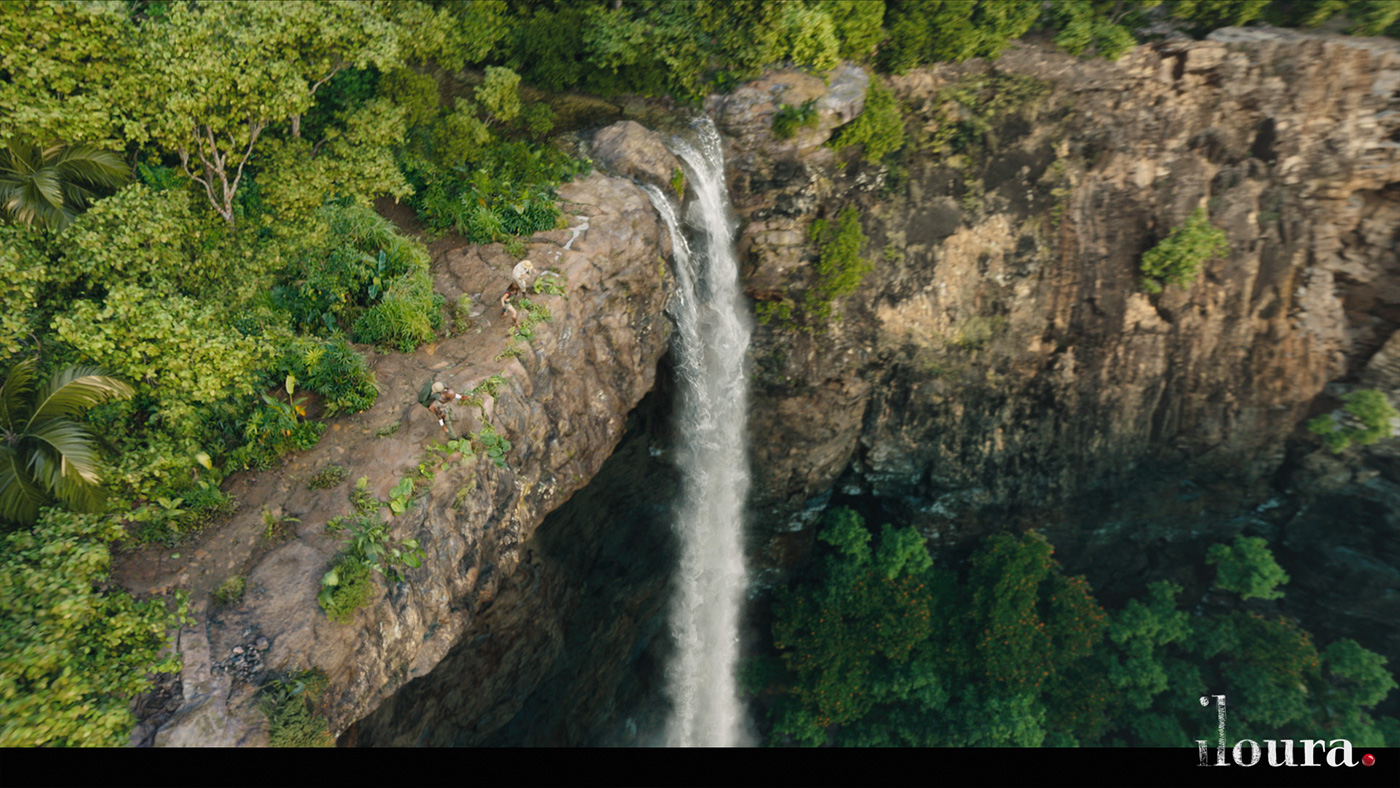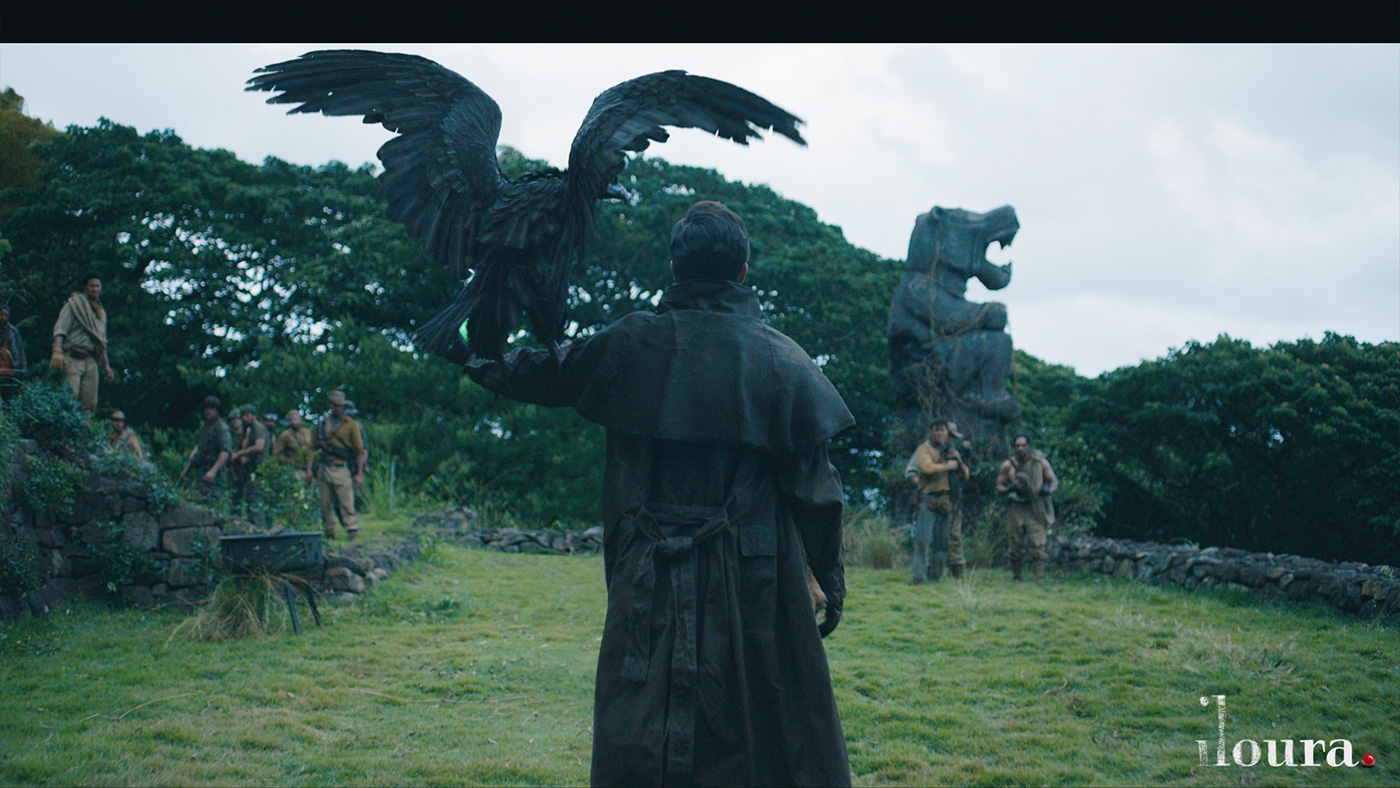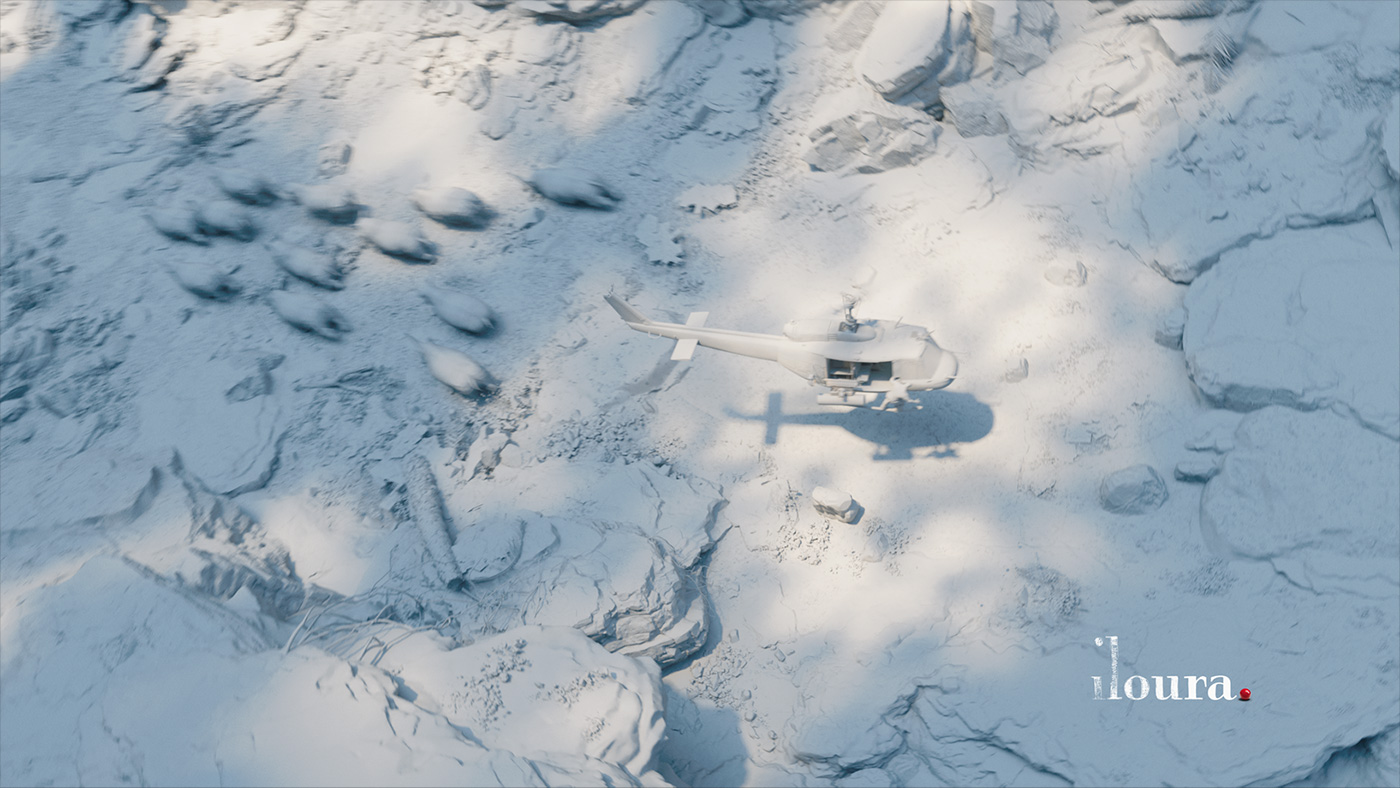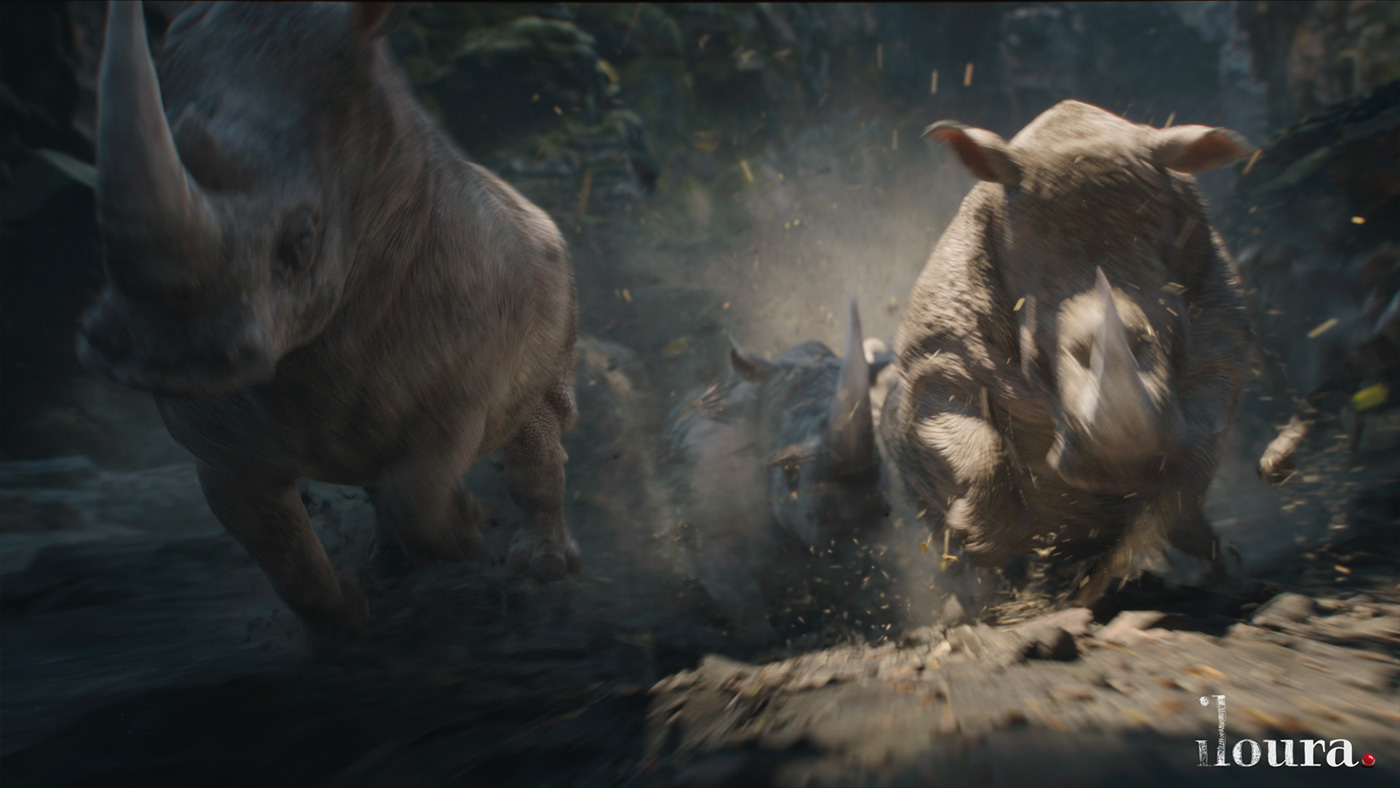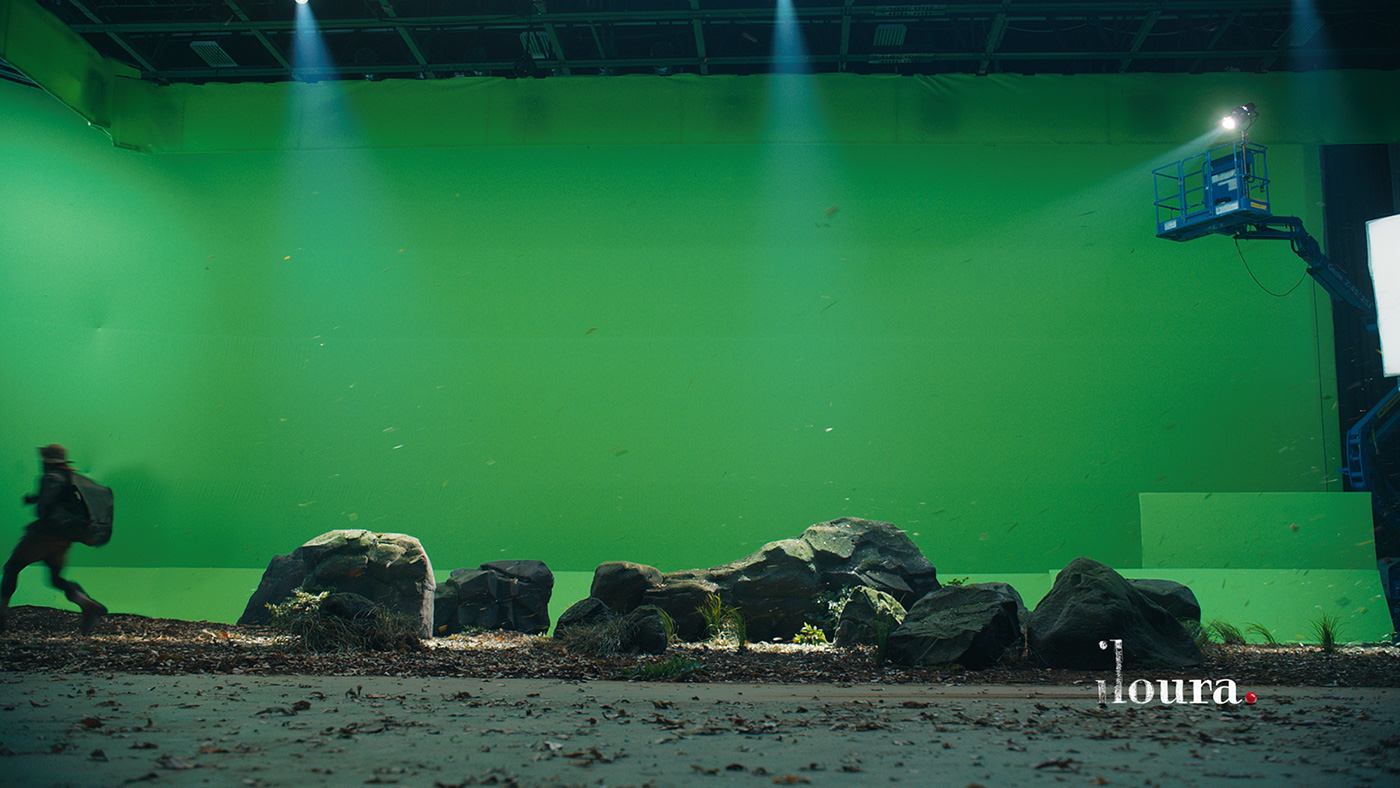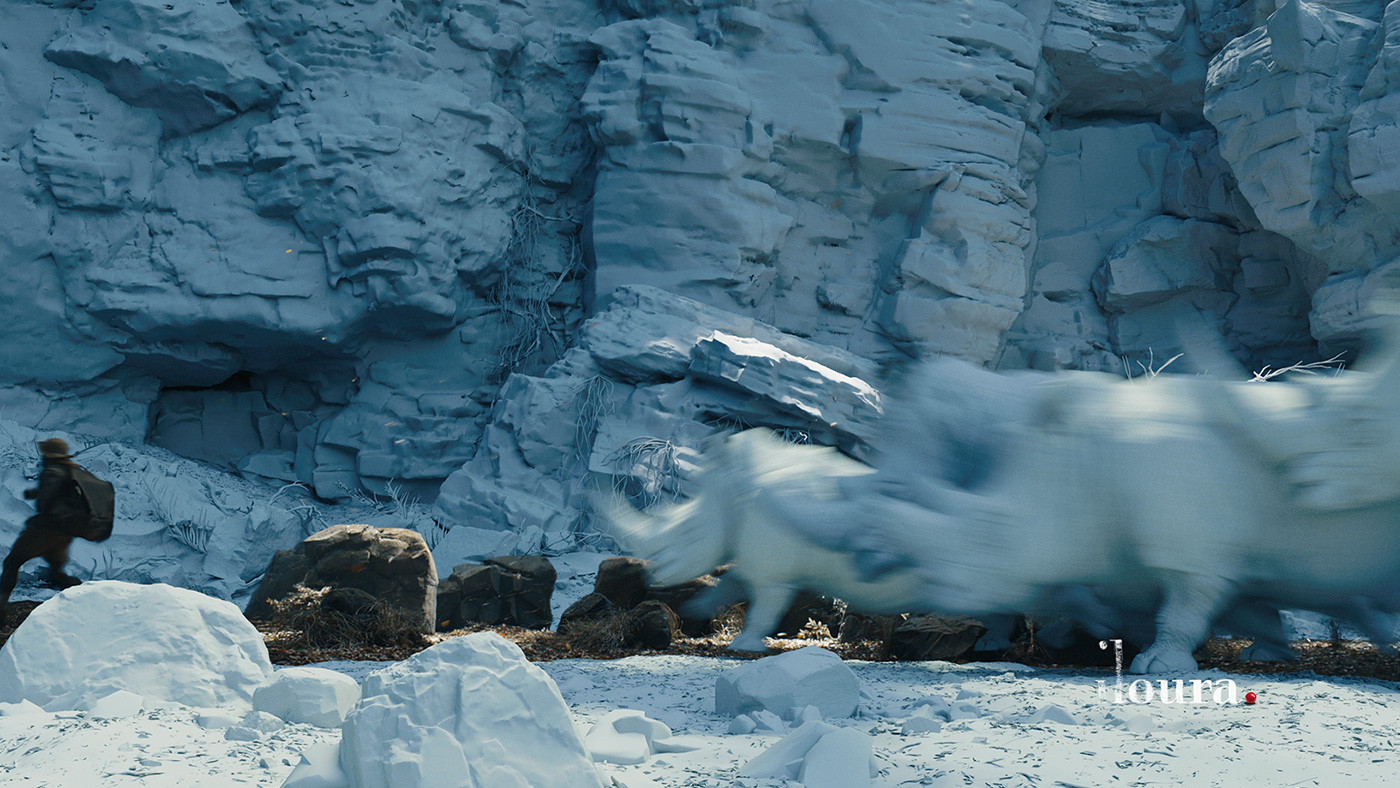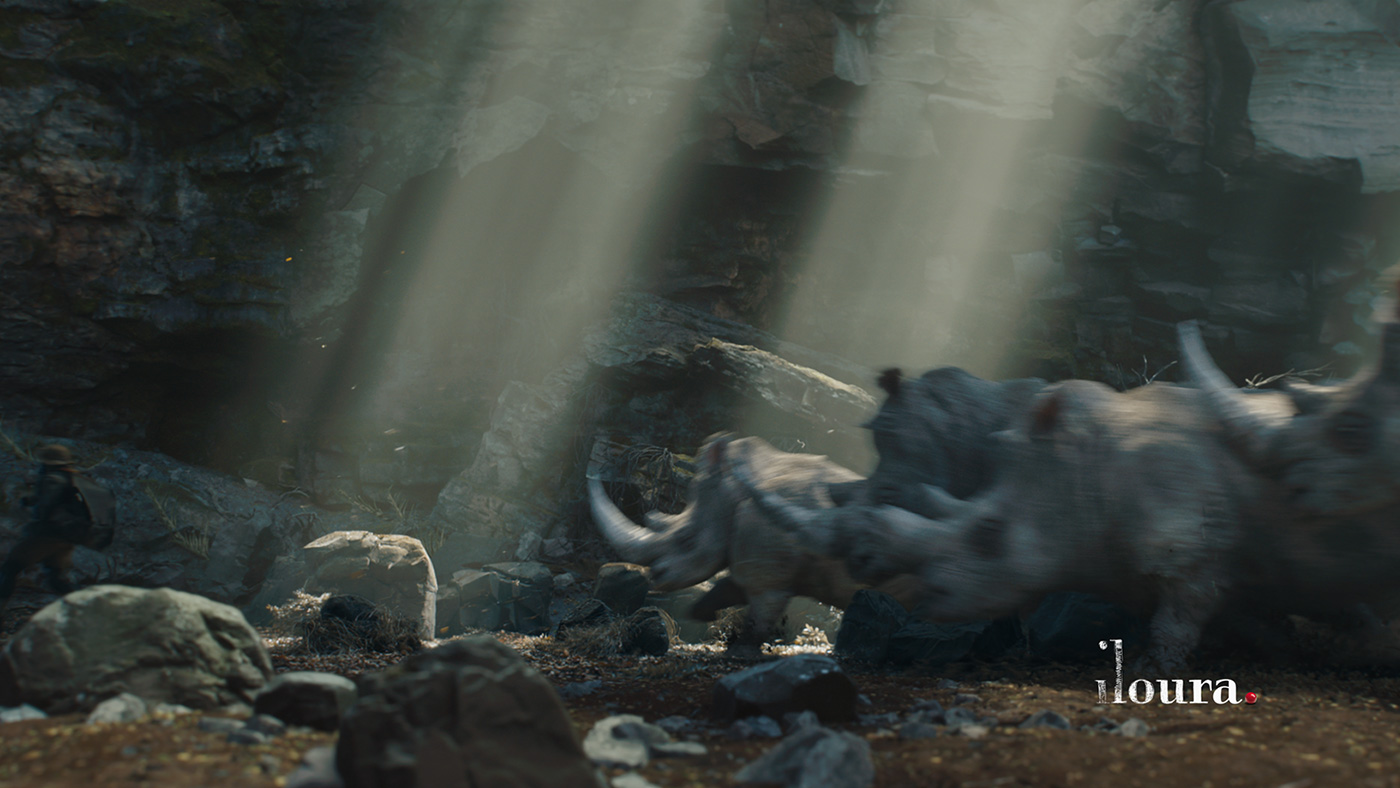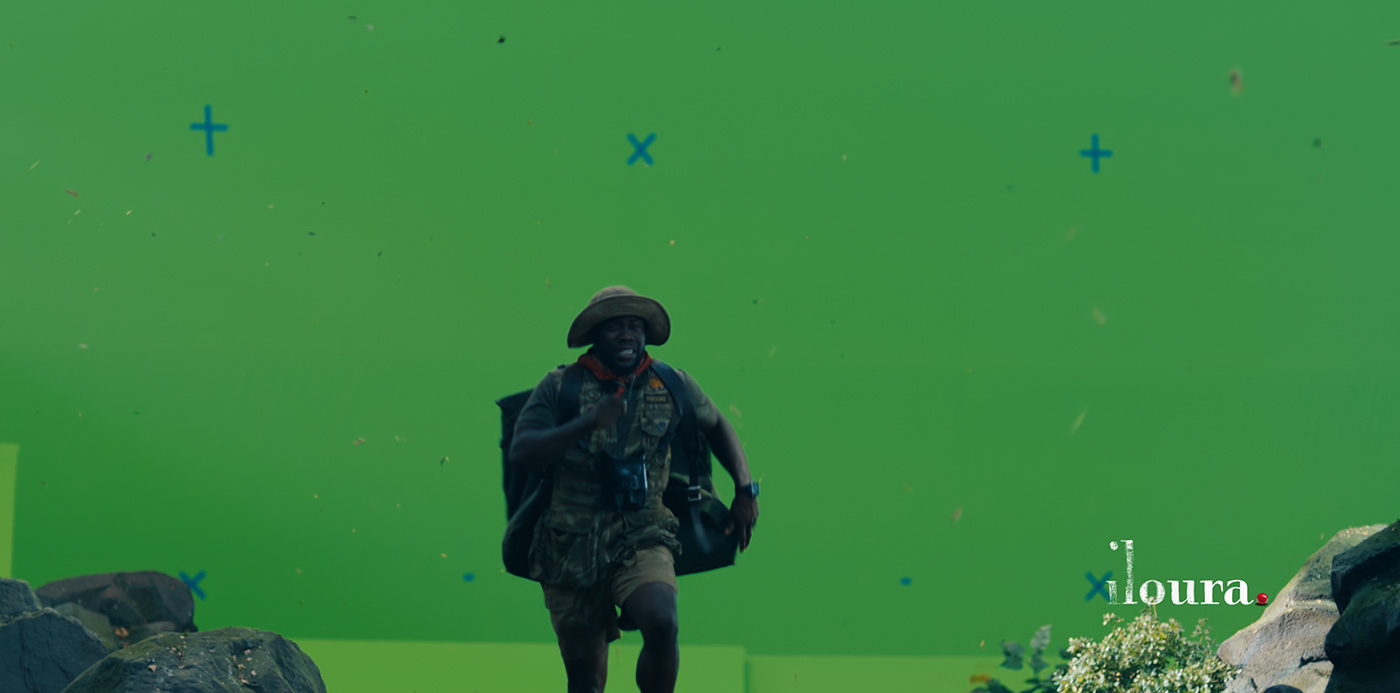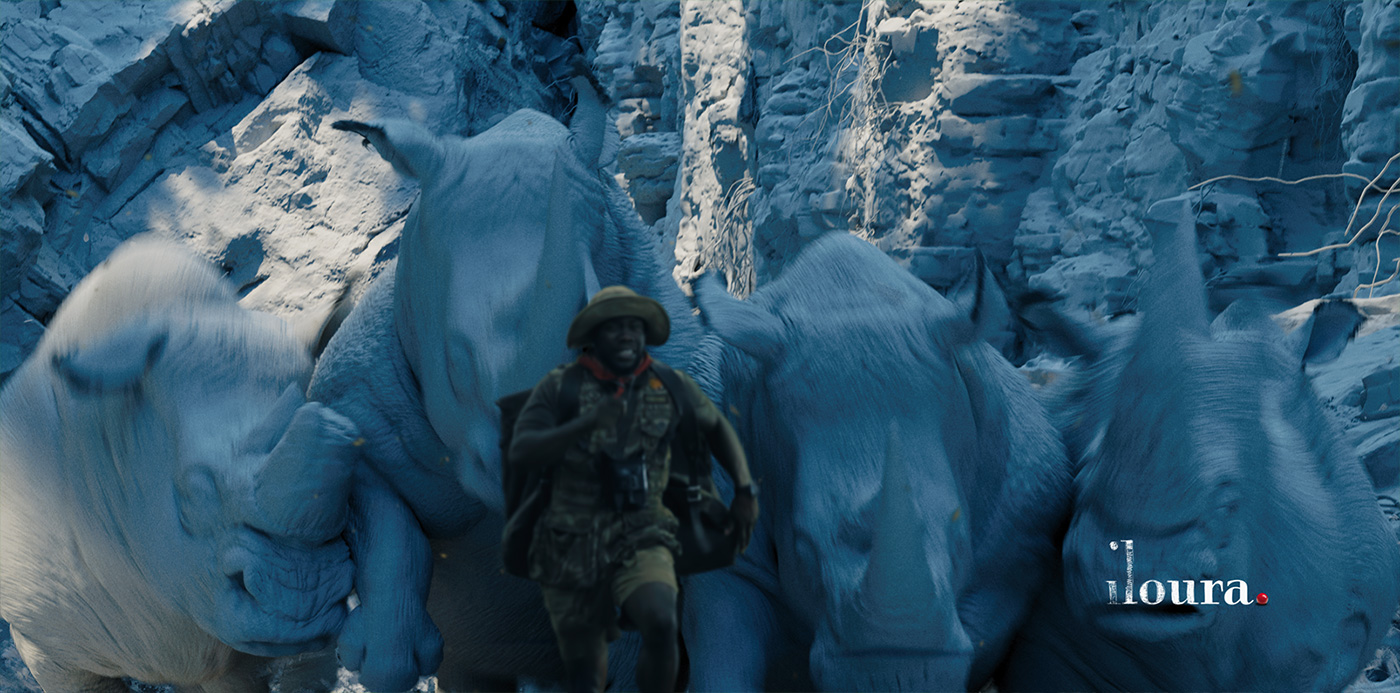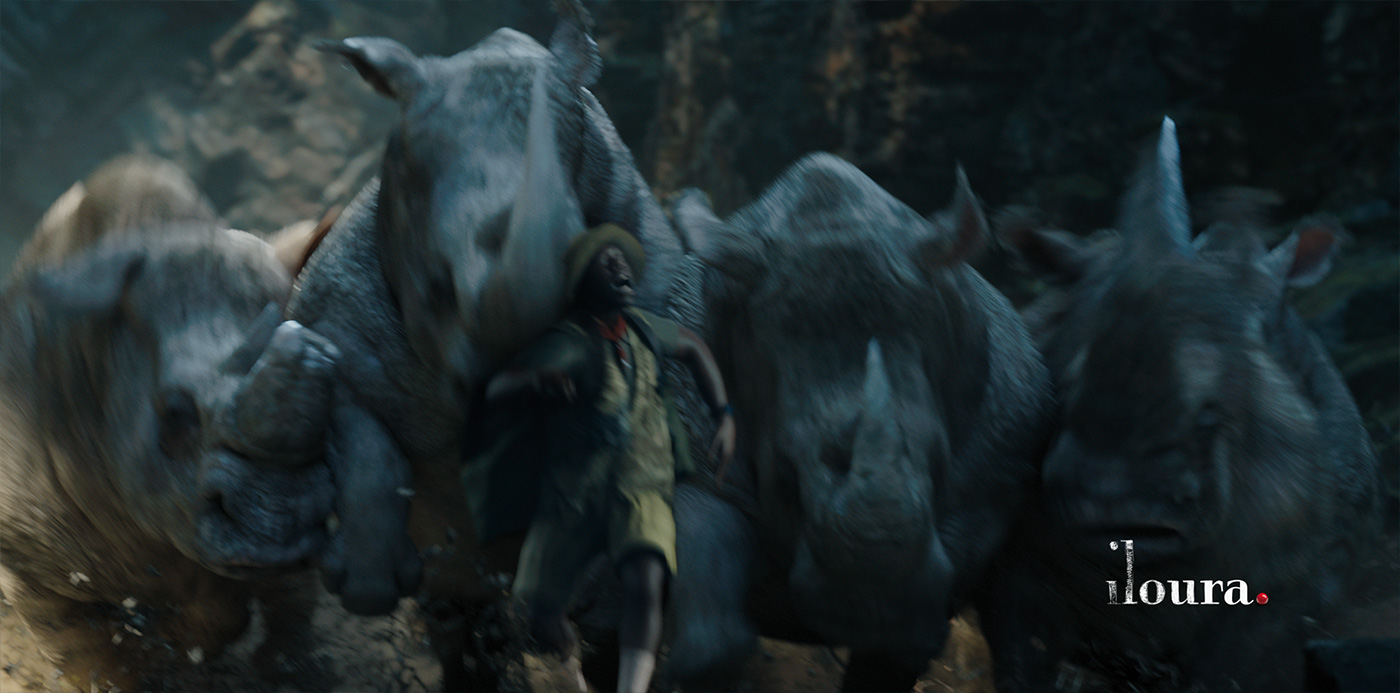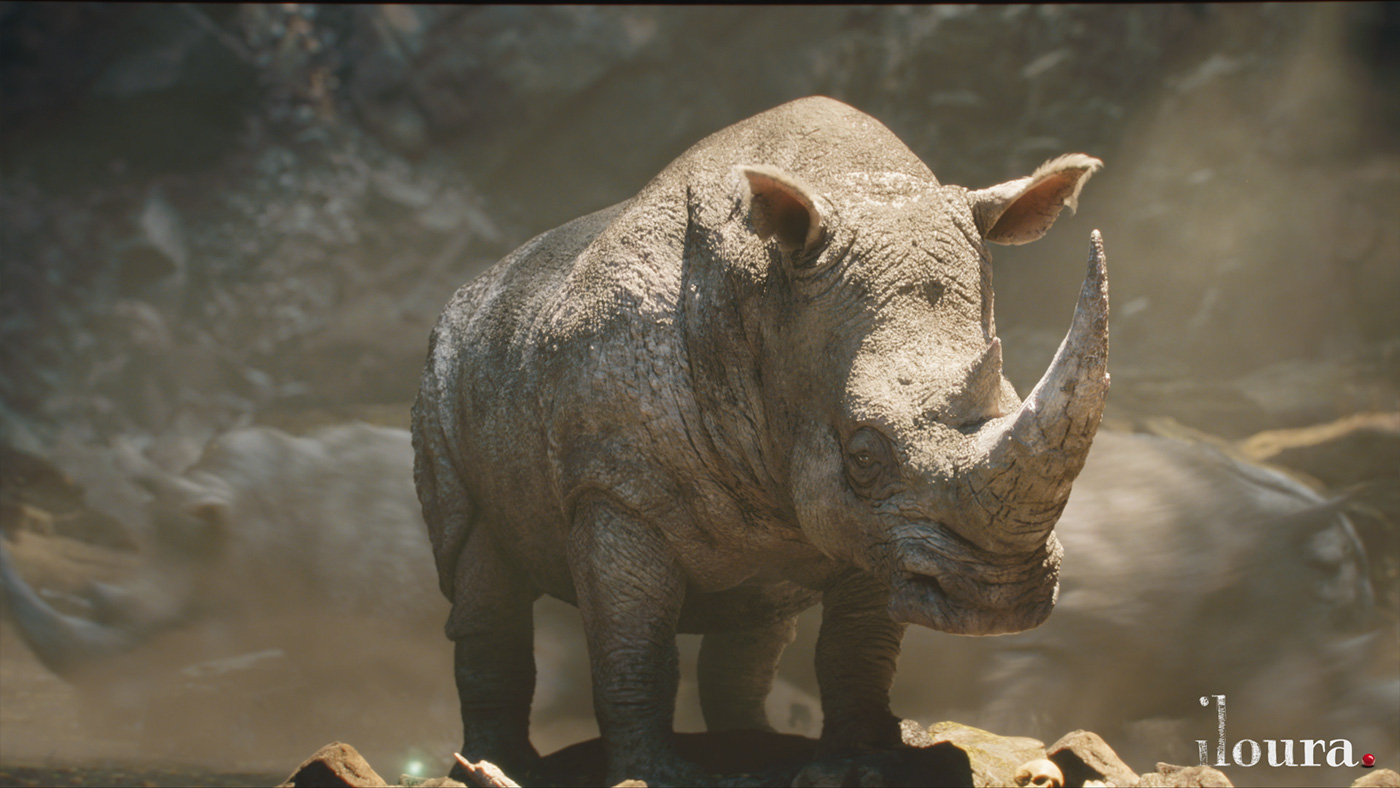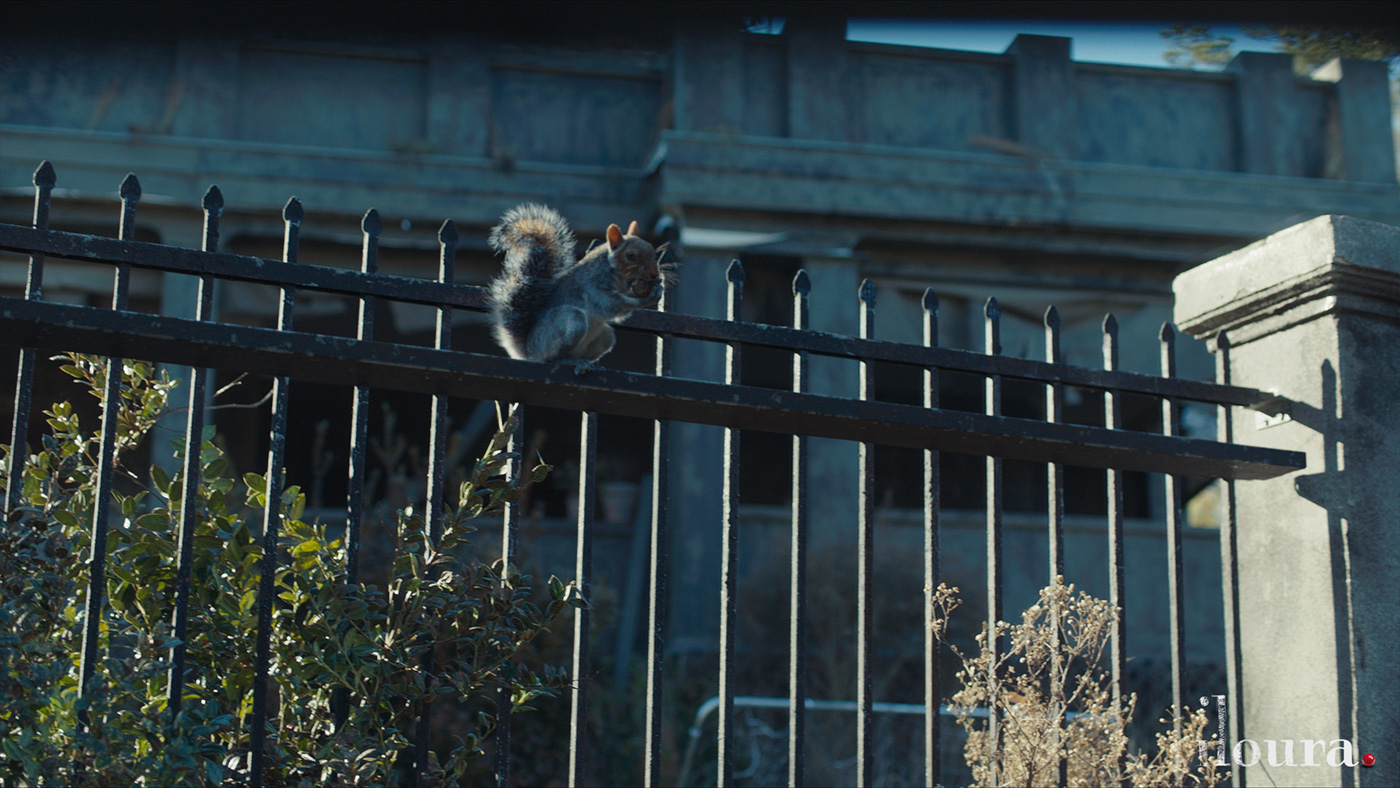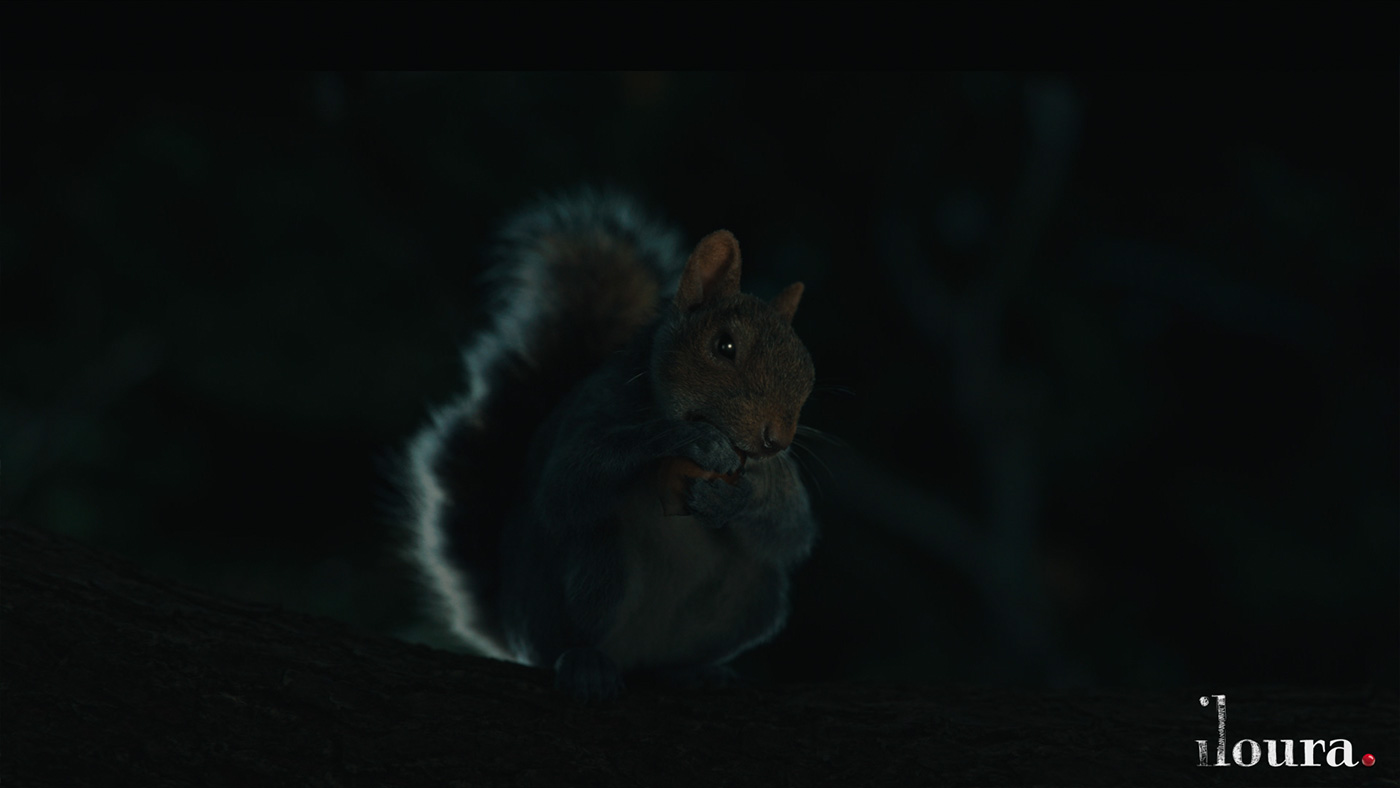In 2016, Glenn Melenhorst explained the Iloura’s work on the 6th season of GAME OF THRONES. He then worked on the 7th season and on OUTCAST and JOHN WICK: CHAPTER 2.
How did you and Iloura get involved on this show?
We were approached by VFX Producer Scott Puckett and VFX Supervisor Jerome Chen. We have a history of working with Sony but I think Jerome had heard good things about Iloura based on our work on “Battle of the Bastards” for GAME OF THRONES Season 6 and MAD MAX: FURY ROAD. They were seeking out vendors with a history of creature/photoreal animal work and environments and I guess we fit that bill.
How was the collaboration with director Jake Kasdan and VFX Supervisor Jerome Chen?
We dealt face to face with Jerome and received feedback from Jake via the VFX team, as is the way with multi-vendor shows. The collaboration was fantastic, one of my favorite experiences to date. By the end, Jerome and I had almost a shorthand way of communicating as we understood each other and what was needed for any particular shot.
What was their approach with the visual effects?
I believe it was Jake’s first time on a big VFX show and despite that, he was concise with his thoughts and direction which is very helpful. Jerome is a veteran and had a clear vision for what he wanted to present to Jake. The coverage was good on set and there was a fair amount of latitude for us to be creative back at Iloura which is hugely rewarding as a vendor.
What are the sequences made at Iloura?
Our primary sequence was the “albino rhino” sequence where a group of rhinos stampede through a canyon chasing our heroes who are perilously low to the ground due to damaged rotor blades. We also did the game entry FX, game exit effects, the vulture, the squirrel, the waterfall and surrounding set extension shots, the establishing shot of Berber city, and several digi doubles, notable when Ruby kicks a rider from his bike and when Bravestone knocks another rider from his bike with a branch.
How did you organize the work at Iloura?
As usual, we started with the hardest shots that required the full CG environment and CG characters and worked hard early on to make the jigsaw pieces fit. The albino rhino sequence was a fully digital one so it was critical that we started the build of it as early as the schedule would allow. The digital canyon was made of millions of elements from pebbles to jungle plants to cliff walls. It is one of the biggest full CG sequences we have had to deal with so far and we needed to retool quite a bit in order to render the shots in time.
Can you explain in detail about the effects when the heroes go in and out of the game?
We were shown lots of reference but almost all of it was what production didn’t want us to do. It had to pay homage to the effect in the original film but it had to have its own unique organic feel to it. It couldn’t be digital looking, or electrical or magical. It was important to have the characters pull apart in streams of colour that reflected their colour, red from a red shirt, skin tones for example, and then move toward the green of the jewel that they get sucked into. We played around with many variations and style frames until we arrived at the final look, created in Houdini.
The bad guy has a vulture. Can you explain in detail about this creation?
The vulture idea came into the film after it was shot. We were asked to take on the new asset and offered an extension in schedule in order to get it done. We aimed for a vulture with echoes of other birds of prey so it’s not one specific species. Our feather tech was in pretty good shape from other films so apart from the scraggly nature of the vulture’s feathers (particularly around the neck) it wasn’t too long before we achieved a pleasing look. As the vulture was being added into shots that weren’t planned for vulture action, we found ourselves having to do things like animate a digital arm on Van Pelt raising to accept the vulture and sway his body under the weight of the landing bird. This added a bit of cleanup to the tasks as well. When the vulture takes off from the top of a tent we also needed to simulate the tent’s fabric to help with the believability of the creature.
Can you tell us more about his feathers?
The body feathers were a groom in Maya and the flight feathers were built and placed by hand. We ran a simulation pass on them in Houdini and then ran a manual correction pass across the whole thing to correct any interpenetrations.
The heroes arrived at Berber City. Can you explain in detail about his creation?
Production provided us with a chopper shot of a mountainside and we added in the city. Beginning with a concept, stealing reference from here and there from cliffside towns and fortresses we tracked the plate and blocked out the buildings with simple shapes. Then we built far more complex structures, lit them and matte painted onto them and onto projection cards. To that we added hundreds of digital humans and animated flags and fabric and smoke and birds. We also created glint passes for the metal and glass elements in the shot all to bring a sense of life to the shot.
How did you approach the big ravine sequence?
The actual set is close to the ground and the booming camera sweeps past a whole bunch of detailed foliage which crossed over the road and crew and video village. After tracking the plate, we set extended the onset build, in some places replacing it, then worked to add digital foliage on top of the real foliage to help the complex roto.
Can you explain in detail about the creation of the albino rhinos?
We not only found a whole lot of reference of real rhinos, we also took a day trip out to video and photograph rhinos at Werribee Zoo here in Melbourne. Jumanji rhinos are a hybrid rhino, a mashup of various species – they are WAY bigger than real rhinos and also albino. We sculpted them in ZBrush and textured them in Maya, rendering them with V-Ray. Once we had signoff on the style of rhino we built variations, some with scars, other with horns broken off, and other texture variations, all based off our initial sculpt.
How did you handle their animation and their rigging?
The gallop was a challenge, as real rhinos don’t run much and when they do can only run around 40mph. Ours were double sized so could run more like 70. That’s still slower than the stalling speed of the chopper they were gaining on. We had to strike a balance of speed while maintaining their weight. Too fast and they looked weightless, too bouncy and they looked like a herd of chihuahuas. We put a lot of time into the run cycle as it would underpin most of the sequence. As for rigging, we have a robust quadruped rig that we used and modified for the rhinos. We did spend time working on the musculature and the flabbiness of their loose skin. At that speed they jiggled around far too much if you weren’t careful and they would appear comical. You needed to feel the jiggle more than see it.
How did you handle the animation of the rhinos especially during the stampede?
Once we had the basic gallop addressed we put the rhinos into low resolution versions of our sets (to give the animators relatively smooth playback in their scenes). From here we introduced idiosyncrasies to their paths, slipping on stones, smashing tree stumps, pushing aside boulders or simply colliding with each other. Each shot told a slightly different story, so the run didn’t appear repetitive.
Can you tell us more about the rhinos’ interactions with the environment?
This was harder than you might think. The rhinos are interacting with uneven terrain made of millions of boulders, rocks, pebbles and debris. It was important for the animators to know where the ground was at all times but impossible for them to have such a detailed environment loaded into their animation scenes. It was necessary for us to have a lower poly version of the terrain, loading only what was needed (leaving out the distant elements) for the animators to work effectively. We rendered a QC pass for each shot to ensure we had proper ground interaction with the higher res environment. The animators were free to add in a boulder or tree to interact with and this would be passed throughout the pipe and added into the USD as an interactive element. All up it was efficient but still a lot to track.
How did you create this huge environment?
It was built mostly in ZBrush with some photo scanned geo that we acquired on a field trip to a gorge in country Victoria. The stones and boulders and tree trunks and leaflitter were a combination of sculpt and Megascans data.
How did you manage the lighting challenges?
We had a difficult task with the lighting. Jake wanted shafts of light to punctuate the bottom of the canyon, providing “god rays” for the chopper and rhinos to run through but the canyon was wide open at the top. We tried hanging vines and debris across the top of it to give the shaft of light some plausibility, but they were removed one by one until the top of the canyon was clear sky. This left us with open sunlight at the top of the canyon and dappled light below which needed to sync perfectly in speed and intensity with the on-set lighting.
What is your favorite shot or sequence?
Easily the rhino sequence was my favorite shot being the closeup of the rhino when it sees Fridge. That’s a lovely animated moment.
What was the main challenge on this show and how did you achieve it?
The sheer amount of data in that canyon was a real challenge. We couldn’t have thrown as many elements in if it wasn’t for us adopting a USD (Universal Scene Description) workflow.
What is your best memory of this show?
Working with the production side VFX crew, definitely. It was a great experience for all of us at Iloura. Hats off to Jerome!
How long did you work on this show?
It was just over a year from our first meeting in Hawaii to handing over the last of the shots.
What is the VFX shot count?
374 shots total.
What was the size of your team?
We had 160 artists contribute to the work on JUMANJI.
A big thanks for your time.
// WANT TO KNOW MORE?
Iloura: Dedicated page about JUMANJI – WELCOME TO THE JUNGLE on Iloura website.
© Vincent Frei – The Art of VFX – 2018




